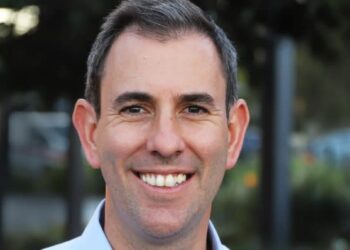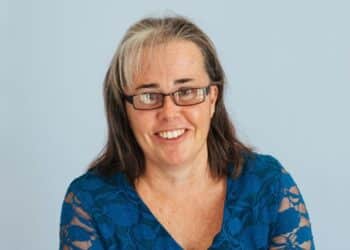SMSFs can reap a lot of value by shaping the “right things” in the fund’s pension strategy before the next financial year commences.
Heffron Consulting managing director Meg Heffron said this could be a topic for discussion with SMSF clients in the next few months.
“The key discussion is this: while there is no need to decide exactly how much should be taken from the fund in 2022/23, we recommend thinking about how any payments that are taken should be classified,” she said in a technical update.
In an example, Tom and Cate both have several pensions and they each have an accumulation account. Their minimum pensions overall (combined) are $170,000.
Ms Heffron said that at the start of the year, they don’t need to decide whether they will take $170,000 or more. Nor do they have to decide when they will take it.
“What would be useful, though, would be to decide when they do take a payment, how should it be classified? Should it firstly go towards meeting their minimum pension obligations (to make sure they tick this one off)?” Ms Heffron said.
“And then if they take more than $170,000 should the next payment be treated as just a higher pension payment? Or a partial commutation from one or more of their pension accounts? Or a lump sum from their accumulation account(s)?”
Ms Heffron noted there were important issues to think about when making these decisions.
“It would be common for people in Tom and Cate’s position to say that any payments over and above $170,000 should be lump sums from their accumulation accounts,” she said.
“They would do this so that they can leave as much as possible in pension phase. That maximises the amount of the fund’s investment income that is exempt from tax.
“But what if they are still making personal contributions to super and intend to claim a tax deduction for some or all of these?”
It was generally bad news to take a withdrawal from an accumulation account before doing the tax deduction paperwork, according to Ms Heffron.
“Perhaps instead they would be better to treat any extras as partial commutations from their account-based pensions?” she said.
“A partial commutation is often better than “just a bigger pension payment” because it is treated differently for the purposes of the transfer balance cap (TBC).
“Specifically, a partial commutation means the running tally of how much of their TBC they have used up is reduced – giving them scope to use it again at some point in the future.”
Ms Heffron said this could be handy if they want to turn some or all of their accumulation accounts into pensions at some point in the future, or if they inherit super from each other.
“But a payment can only be treated as a partial commutation if that’s decided in advance – Tom and Cate can’t get to the end of the year and make that decision,” she noted.
“That makes it critical that they think about this (and document the right instructions) up front.
“And even if the decision has been made to treat these extra payments as partial commutations – should the payments be split across all their pensions?
“Or should they come from just one pension? Is there, for example, one pension that would be taxed much more harshly than the others if their adult children inherited it?”
Ms Heffron said she was a strong advocate of “getting this thinking” done upfront before the year even starts.
There is no need to be specific about exactly how much will be taken and from where, she said.
“That would be undermining one of the great benefits of SMSFs – their flexibility,” she explained.
“But being specific about the rules that will be followed if and when a payment is actually taken is vital.
“And so is documenting what’s been decided. Writing it down helps everyone. Trustees are prompted to think carefully about their payments and in doing so, probably learn a little more about the valuable tax planning vehicle they have at their disposal.”
Accountants would need this documentation to provide some support for the way in which the payments have been processed in their software.
Advisers would also often give this very issue considerable thought and make recommendations about it in their advice.
“It’s often tempting to think about SMSF documentation as being compliance driven – something we only do to prove that we’re following the rules,” Ms Heffron said.
“But in this case, the benefits are considerable.”
Heffron has recently released a new tool to document these important decisions in the Heffron Super Toolkit.


